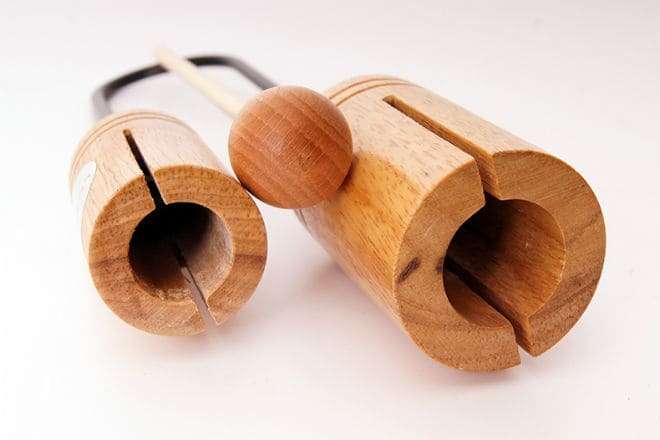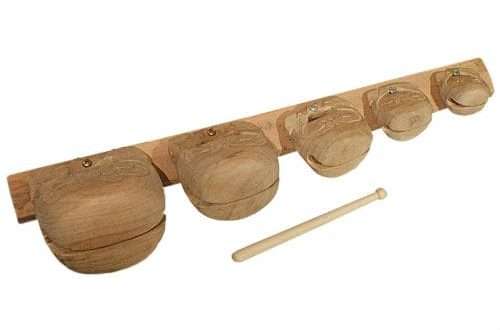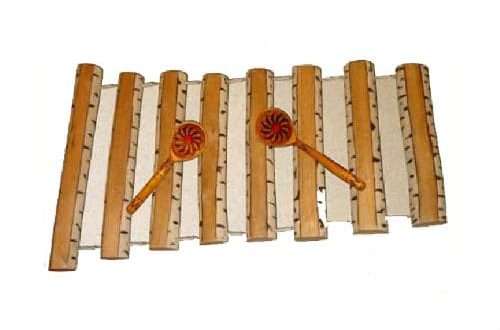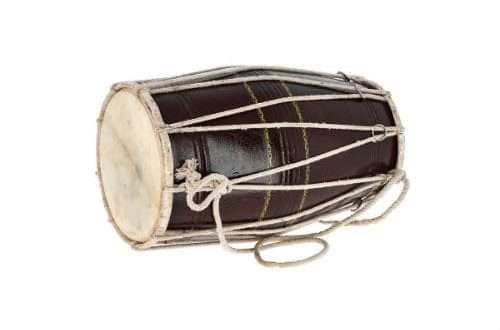
Agogo: what is it, construction, history, interesting facts
Each continent has its own music and instruments to help melodies sound the way they should. European ears are accustomed to cellos, harps, violins, flutes. At the other end of the earth, in South America, people are accustomed to other sounds, their musical instruments are strikingly different in design, sound, and appearance. An example is agogo, an invention of Africans that has managed to firmly establish itself in sultry Brazil.
What is agogo
The agogo is a Brazilian national percussion instrument. Represents several bells of a conical shape, of different masses, sizes, interconnected. The smaller the bell, the higher the sound. During the Play, the structure is held so that the smallest bell is on top.

The main materials used in the manufacturing process are wood, metal.
The musical instrument invariably takes part in Brazilian carnivals – it beats the beat of the samba. Traditional Brazilian capoeira fights, religious ceremonies, maracatu dances are accompanied by agogo sounds.
The sound of Brazilian bells is sharp, metallic. You can compare the sounds with the sounds made by the cowbell.
Musical instrument design
There can be a different number of bells that make up the structure. Depending on their number, the instrument is called double or triple. There are devices consisting of four bells.
The bells are connected to each other by a curved metal rod. A distinctive feature is that there is no tongue inside that extracts sound. In order for the instrument to give a “voice”, a wooden or metal stick is struck on the surface of the bells.
History of agogo
The agogo bells, which have become the hallmark of Brazil, were born on the African continent. They were brought to America by slaves who considered a bunch of bells to be a sacred object. Before you start playing on them, you had to go through a special rite of purification.

In Africa, agogo was associated with the supreme god Orisha Ogunu, the patron of war, hunting, and iron. In Brazil, such gods were not worshiped, so gradually the bunch of bells ceased to be associated with religion, and turned into a fun Play, ideal for beating the rhythms of samba, capoeira, maracata. The famous Brazilian carnival today is unthinkable without agogo rhythms.
Interesting Facts
A musical subject with an exotic history could not do without interesting facts related to its origin, wanderings, and modern use:
- The etymology of the name is associated with the language of the African Yoruba tribe, in the translation “agogo” means bell.
- The first European to describe an ancient African instrument was the Italian Cavazzi, who arrived in Angola on a Christian mission.
- The sounds of the agogo, according to the beliefs of the Yoruba tribe, helped the god Orisha to move into a person.
- There are special types that can be mounted on a rack: they are used as part of drum kits.
- Wooden versions of the instrument sound significantly different from metal structures – their melody is drier, denser.
- African bells are used to create modern rhythms – usually you can hear them at rock concerts.
- The first copies of the African tribes were made from large nuts.

A simple African design, consisting of bells of various sizes, was to the taste of the Brazilians, spreading around the planet with their light hand. Today agogo is not only a professional musical instrument. This is a popular souvenir that travelers around South America willingly purchase as a gift to their loved ones.





